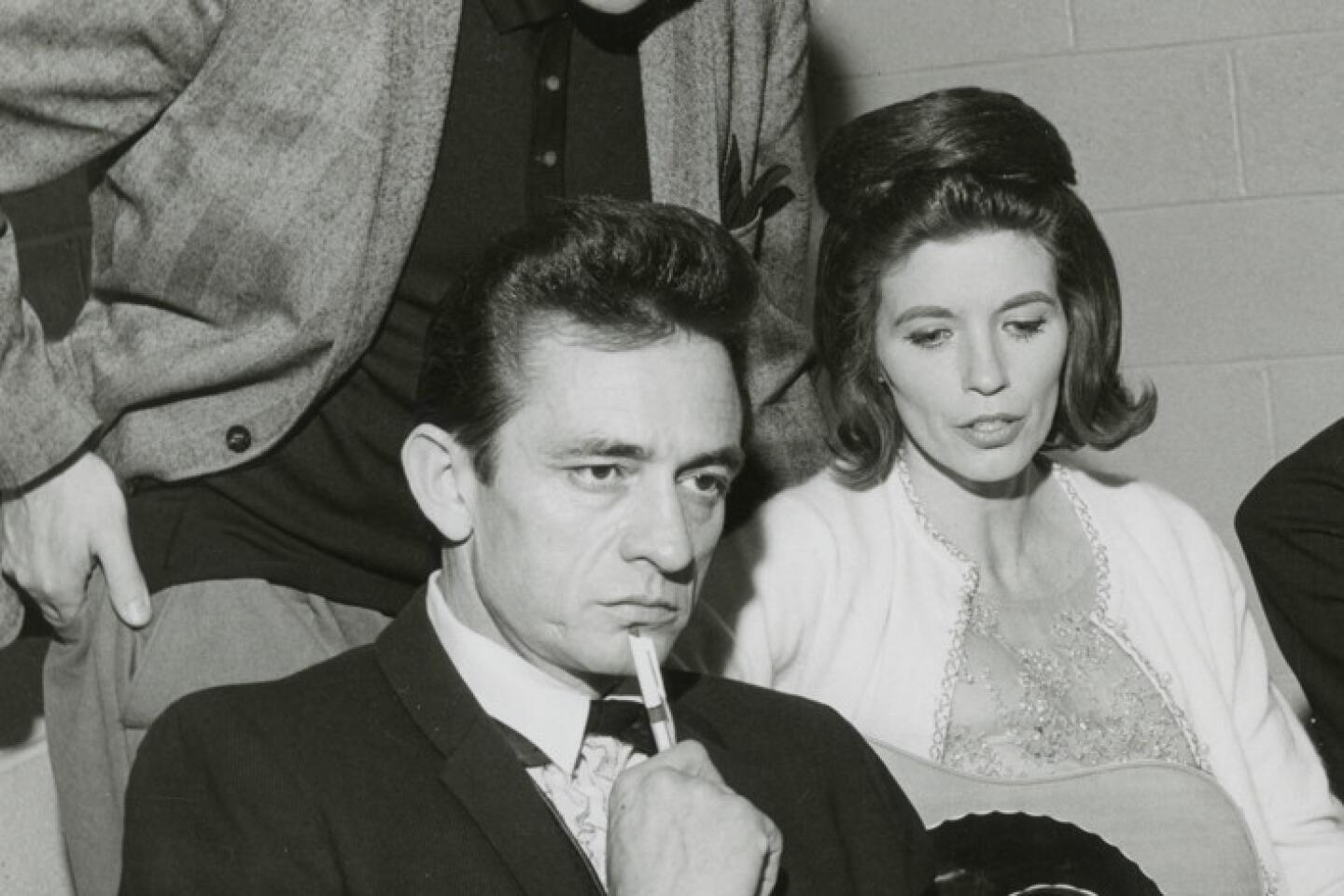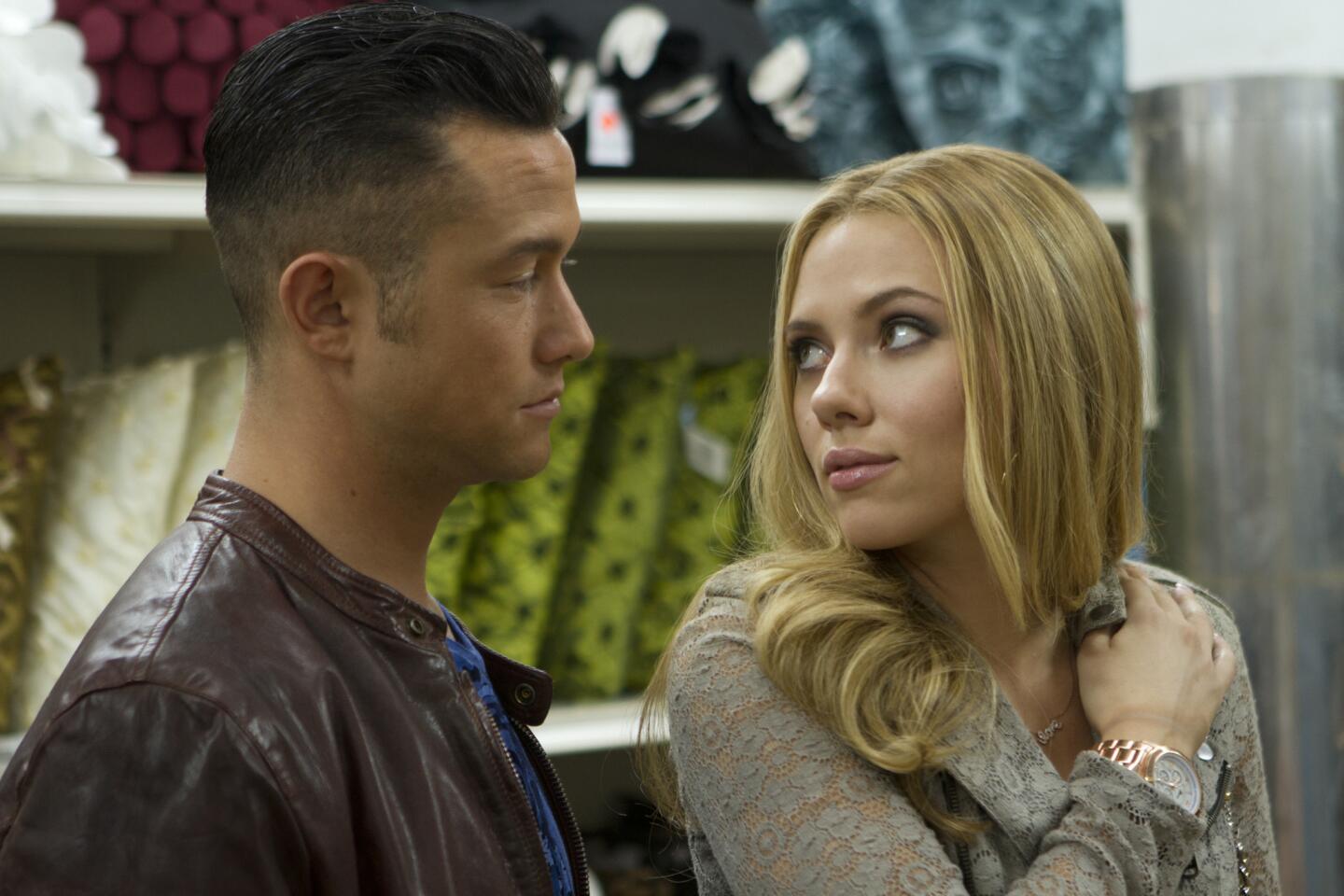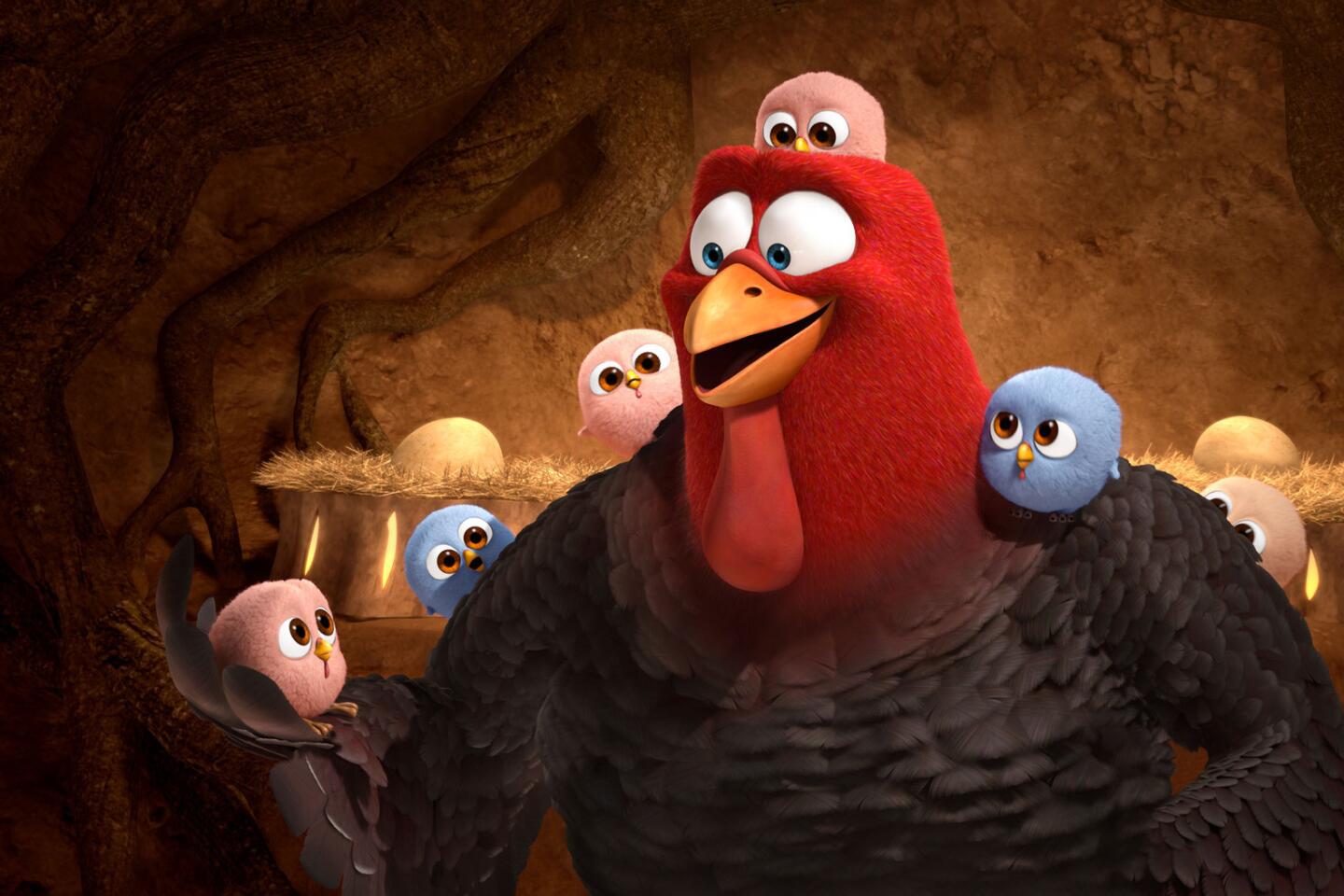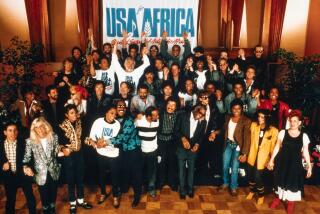Director Jim Mickle sinks teeth into ‘We Are What We Are’ remake
The new film “We Are What We Are” is a horror-drama hybrid, a suspenseful tale of a tight-knit family struggling to hold itself together in the face of changing times and the dwindling of long-held traditions. Also, they eat people.
Directed by Jim Mickle, who co-wrote the screenplay with regular collaborator Nick Damici, the film is a remake of Mexican director Jorge Michel Grau’s 2010 “Somos Lo Que Hay” (We Are What We Are). Opening Sept. 27 in Los Angeles, the film premiered at this year’s Sundance Film Festival and also played at Cannes.
Yet when producers Mickle had been working with on another project suggested a “Somos Lo Que Hay” remake, the director’s initial response was not to do it.
PHOTOS: Hollywood backlot moments
“The last thing I wanted to do was a remake of a recent foreign horror thing,” he said. “I’m sort of the first one to get annoyed by something like ‘Let the Right One In’ getting remade.”
Mickle had first become aware of the film as he traveled the circuit of genre film festivals with his own post-apocalyptic vampire adventure “Stake Land,” winner of the Midnight Madness audience prize at the 2010 Toronto International Film Festival. He kept hearing about a Mexican cannibal movie he never had time to see for himself. When both films were put out by the same American distributor, Mickle watched Grau’s film as a precursor to the opening of his own movie.
“I had this weird connection to the film already even though I hadn’t seen it,” he said recently.
Raised in rural Pennsylvania, Mickle moved to New York City for film school at New York University. After racking up credits in a variety of behind-the-scenes production roles, Mickle directed his first feature with the 2006 viral rat-infestation film “Mulberry Street.” Damici starred in and co-wrote that film with Mickle, as he did again on “Stake Land.”
PHOTOS: Billion-dollar movie club
Declared the international genre cinema website Twitch, “The Mickle/Damici combo is one of the most vital in American genre film today.”
When Mickle and Damici first watched the Mexican film and after talking with Grau himself, they realized that they could put their own stamp on the same material.
“We always try to find a way to take a dramatic story and to get it into a horror setting. It’s not easy,” Mickle said. “I was a bit envious of Jorge that he’d come up with this great fresh genre concept, this honest look at a really taboo, horrific subject that is so strong you don’t have to keep hitting the audience over the head to make it a horror movie.”
Where the original film focused on two brothers in urban Mexico City after their father dies, the new “We Are What We Are” follows two sisters, Iris (Ambyr Childers) and Rose (Julia Garner), in rain-soaked rural upstate New York left with their father (Bill Sage) after their mother suddenly dies.
PHOTOS: Celebrities by The Times
Mickle drew from his experience in the upstate New York town where he has a house that was hit hard by Hurricane Irene in 2011. He and Damici finished the script in January 2012 and starting to shoot in May. Casting the film, Mickle didn’t want a typical redneck cannibal dad; he turned to Sage, a quietly intimidating actor, still best known for his work with Hal Hartley on films such as “The Unbelievable Truth” and “Trust.” He also cast Garner, a young actress whose distinctive, pale presence also brought her notice in “Electrick Children.” Childers, seen in “The Master,” stepped in at the last minute to replace another actress who dropped out. In supporting roles are Michael Parks, Kelly McGillis and Wyatt Russell. Damici also has a supporting role.
“It’s such a heavy movie, the situation is the unthinkable,” Garner said. “I’m not into horror movies so much, but this was like a drama, besides the ending. I always say the movie is about family secrets and how they affect each person differently.”
“It’s one of those movies that could go in so many different directions, exploring what happened to these people to get them into this mind space,” Childers said.
For a cannibal movie, “We Are What We Are” is long on atmosphere, short on gore, using it sparingly but effectively. The film builds to a shocking, inevitable, frenzied finale so intense that at one Sundance screening an audience member assumed the head-in-lap airplane-crash position. The film’s slow, methodical style is a change from Mickle’s previous films, a challenge he set for himself.
PHOTOS: Greatest box office flops
Citing the work of Austrian filmmaker Michael Haneke, Japanese horror movies and indie cult film “Martha Marcy May Marlene,” he purposefully created a still, watchful visual style for the film.
“The use of not cutting is actually what creates the tension to make everything work,” said Mickle, also the editor on the film. “But once you commit to this very measured, composition-heavy, very understated style, once you make those decisions you have to stick with it. And that was the thing I kept struggling with.”
“We Are What We Are” has already provided new momentum to Mickle and Damici’s partnership. Mickle is editing “Cold in July,” an ‘80s-style Southern noir he recently finished shooting starring Michael C. Hall, Sam Shepard and Don Johnson. The pair had been trying to make “July” since well before “We Are What We Are” came about.
Mickle admitted that even though he was reluctant at first to engage with a remake, his all-time favorite film is John Carpenter’s 1982 version of “The Thing.” Having now tackled a remake himself, he feels good about how his film stands in relation to its original.
“I’d like to think with our movies you could put it side by side, do a back-to-back double feature and people would feel they saw two different movies.”
More to Read
Only good movies
Get the Indie Focus newsletter, Mark Olsen's weekly guide to the world of cinema.
You may occasionally receive promotional content from the Los Angeles Times.














